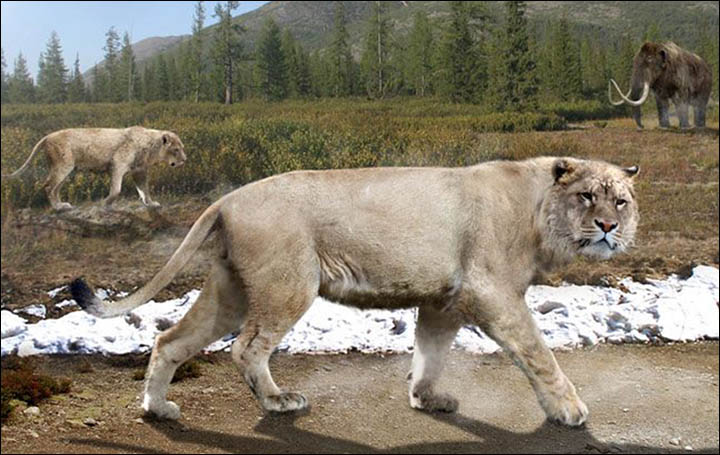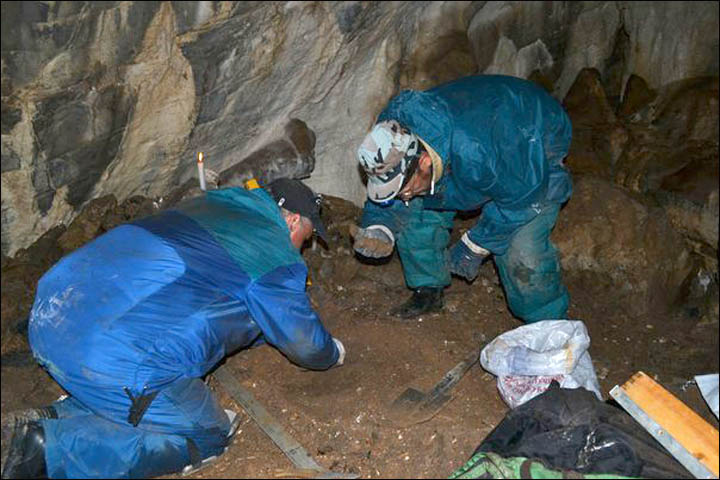At http://phys.org/print359878549.html … accelerator mass spectrometry has been used by Russian biologists to date the remains of a cave lion that had been preserved in permafrost conditions. The remains included fossilised bone, claw and hair. The bones weighed in at 61,000 years ago but carbon extracted from animal hair was dated only 28,700 years ago. It is suggested the different dates arise because of contaminants in the fur of the animal. Obviously, they don't like the lower date – but why?

One reason might be that it would place the lion during the Late Glacial Maximum – where we are all led ot believe it was universally bitterly cold across the northern hemisphere (top of the world). Not exactly the environment of preference for a lion – in a cave or otherwise. However, it seems to fit the theory of Peter Warlow otulined at the last SIS Cambridge Conference (see the conference proceedings in SIS Review 2008). He redrew the Polar Circle and a great deal of Russia and Siberia was outside it during the LGM. In those circumstances the carbon date would not be anomalous – but where does that leave the mass spectrometry derived date?.
The article was published in Quaternary Science Review 17 (June, 2015).
Meanwhile, at http://siberiantimes.com/science/casestudy/features/f0144-worlds-greates… … and says, unsurprisingly, the lions were found in the depths of the cave, 100m from the entrance. Lions are thought to live just inside cave entrances rather than at a deep level. Were the remains swept into the depths of the cave by meltwaters? – along with evidence of humans (10 spear heads were found).

